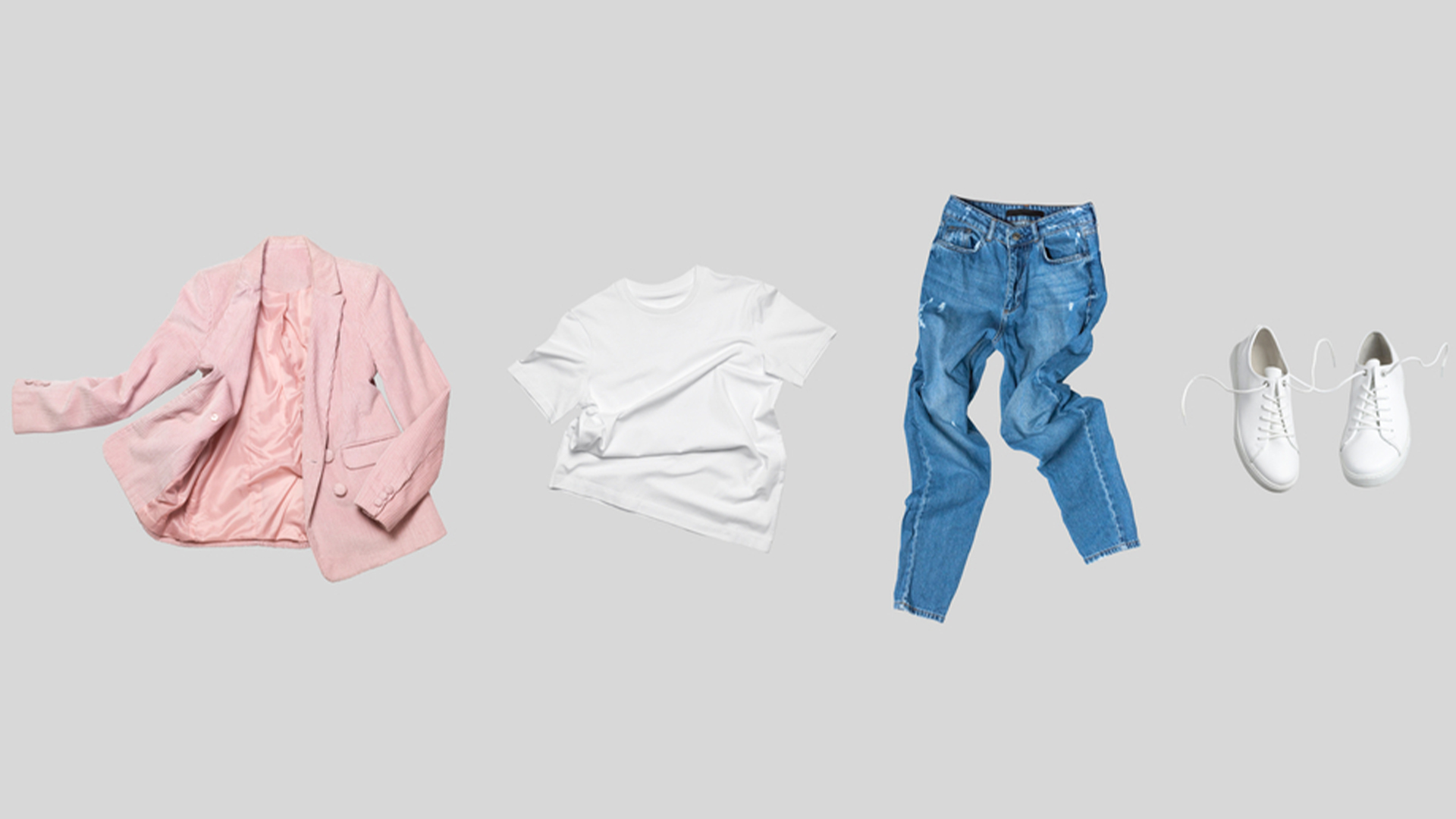Not Every Cloth Is The Same!
Scientists think that humanity emerged about 200,000 years ago in present-day Ethiopia. Humanity, which started in Ethiopia, has spread to all four corners of the world from here. 60,000 years ago, the people we define as modern humans emerged and laid the foundations of thousands of civilizations. But the fundamental concerns of humanity were not so different 200,000 years ago, 60,000 years ago, or today.
.jpg)
Famous American psychologist Abraham Maslow's famous hierarchy of needs treats human needs as a pyramid. The first step of the pyramid covers the physiological and biological needs of man. These are some very basic needs that we must have in order to survive, such as breathing, feeding, drinking water, sleeping and dressing. In order to reach the other steps of the pyramid such as security, love and respect, these basic needs must be fulfilled first. Of course, if our ancestors who lived 100,000 years ago had seen Maslow's hierarchy of needs, they could not help laughing. Because this pyramid addresses the needs of modern man; but today and yesterday, the basic needs of man did not differ from each other. Did we say dressing up? Indeed, how did the need for dressing, which is as old as human life, transform over time? Have you ever wondered what we were wearing 60,000 years ago and what we are wearing today?
.jpg)
Early humans used everything they could find in nature, and they were used for shelter and adapting to all kinds of conditions. In the early days, it was shaped according to the geography and available materials such as animal skins, furs, grass, leaves, shells and bones for dressing. In fact, these materials were sewn to each other with simple needles made of bone. Over time, people began to dominate matter and transform it according to the means at their disposal. It has been determined by researches that even 5,000 years ago, very complex and detailed clothes were worn. Fur and leather were the basic materials used to make clothes. The use of cotton and linen in weaving looms dates back to ancient times. If we think that the first weaving loom was made in 4000 BC, we can easily see how creative solutions have been found by human beings against this need. The real break in textile is not very old. Used for the first time in England in 1940, polyester fabric is an industrial fabric made from synthetic polymer threads. The fact that it can be easily mixed with fabrics such as wool, cotton and silk, that it is accessible to everyone financially, and that many products that are unique in thousands of years of textile history are among the reasons that make polyester fabrics indispensable today. Quick drying makes polyester fabric unbeatable for our coats. Moreover, it is much longer lasting than fabrics such as cotton and linen and can preserve its color for many years. And many technologies such as dirt-repellent and sweat-repellent can be used by us thanks to polyester fabrics. Moreover, it has an important place in the recycling campaigns of large clothing companies. Being able to produce high quality polyester fiber from recycled plastic is very meaningful for sustainability.
Of course, it is not a coincidence that the things we eat and wear change as our world is constantly changing and transforming. The fact that polyester fabrics are so widespread and decorate our cabinets is due to the fact that they respond to our needs in the best way. What would one of our ancestors, shivering from the cold in a cave 200,000 years ago, think if they encountered a polyester jacket that was waterproof and windproof?



